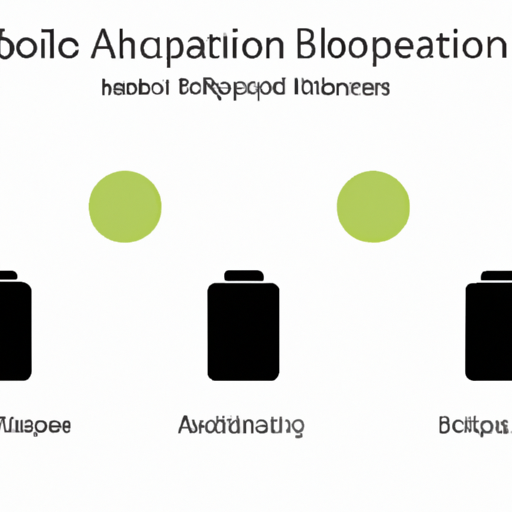Application Development in Non-Rechargeable (Primary) Batteries for BH3DL: Key Technologies and Success Stories
Developing applications for non-rechargeable (primary) batteries, such as the BH3DL, requires a comprehensive understanding of the underlying technologies, market demands, and successful implementations. Below is an overview of the key technologies and notable success stories in this field.
Key Technologies
| 1. Battery Chemistry | |
| 2. Energy Density and Efficiency | |
| 3. Miniaturization | |
| 4. Smart Battery Management Systems (BMS) | |
| 5. Environmental Considerations | |
| 6. Internet of Things (IoT) Integration | |
| 1. Consumer Electronics | |
| 2. Medical Devices | |
| 3. Smart Meters | |
| 4. Wearable Technology | |
| 5. Security Systems | |
| 6. Automotive Applications | |
Success Stories
Conclusion

The development of applications for non-rechargeable batteries like the BH3DL hinges on advancements in battery chemistry, energy density, and miniaturization, while addressing market needs across various sectors, including consumer electronics, medical devices, IoT, and more. The success stories highlight the versatility and reliability of primary batteries, paving the way for ongoing innovation and application development in this dynamic field. As technology continues to evolve, the potential for new applications and improved battery solutions remains significant.
Application Development in Non-Rechargeable (Primary) Batteries for BH3DL: Key Technologies and Success Stories
Developing applications for non-rechargeable (primary) batteries, such as the BH3DL, requires a comprehensive understanding of the underlying technologies, market demands, and successful implementations. Below is an overview of the key technologies and notable success stories in this field.
Key Technologies
| 1. Battery Chemistry | |
| 2. Energy Density and Efficiency | |
| 3. Miniaturization | |
| 4. Smart Battery Management Systems (BMS) | |
| 5. Environmental Considerations | |
| 6. Internet of Things (IoT) Integration | |
| 1. Consumer Electronics | |
| 2. Medical Devices | |
| 3. Smart Meters | |
| 4. Wearable Technology | |
| 5. Security Systems | |
| 6. Automotive Applications | |
Success Stories
Conclusion

The development of applications for non-rechargeable batteries like the BH3DL hinges on advancements in battery chemistry, energy density, and miniaturization, while addressing market needs across various sectors, including consumer electronics, medical devices, IoT, and more. The success stories highlight the versatility and reliability of primary batteries, paving the way for ongoing innovation and application development in this dynamic field. As technology continues to evolve, the potential for new applications and improved battery solutions remains significant.













